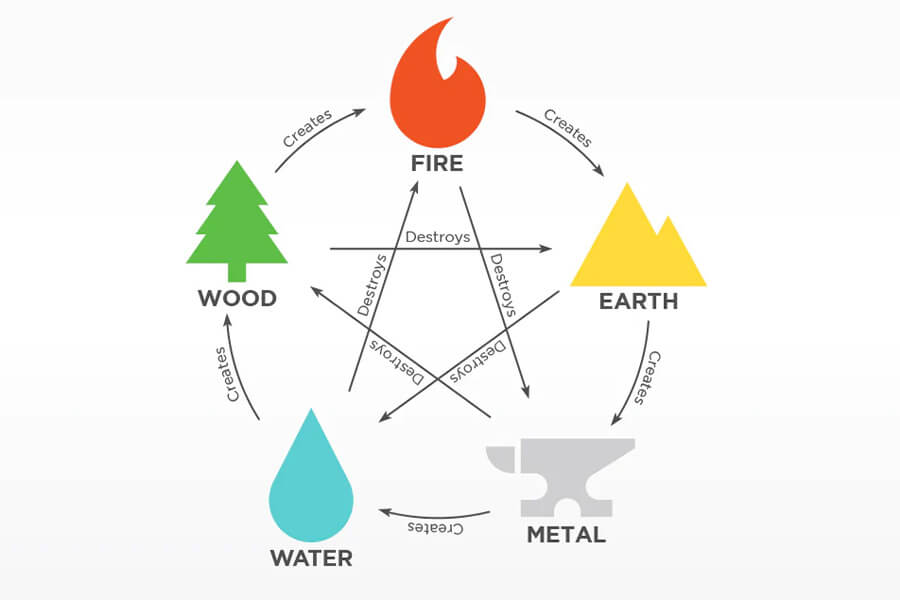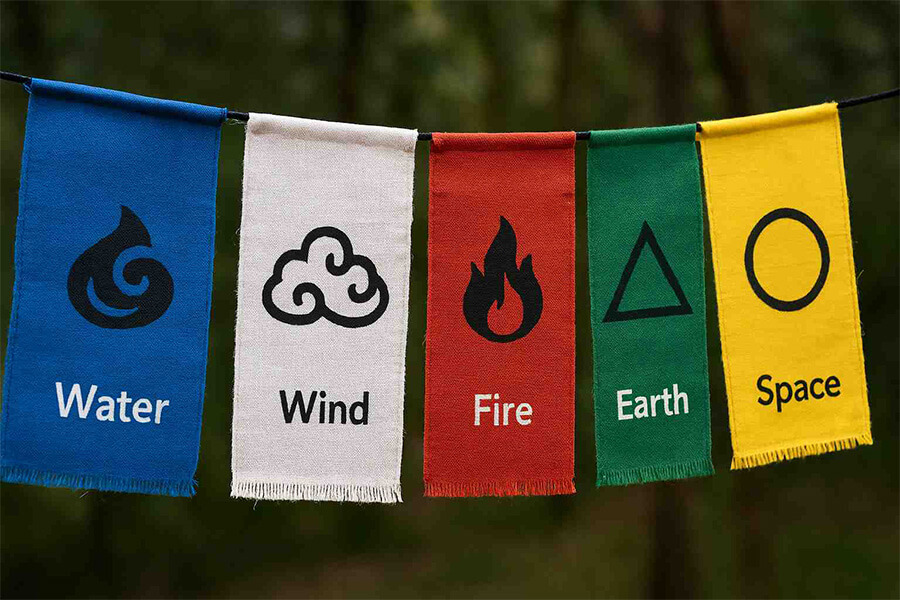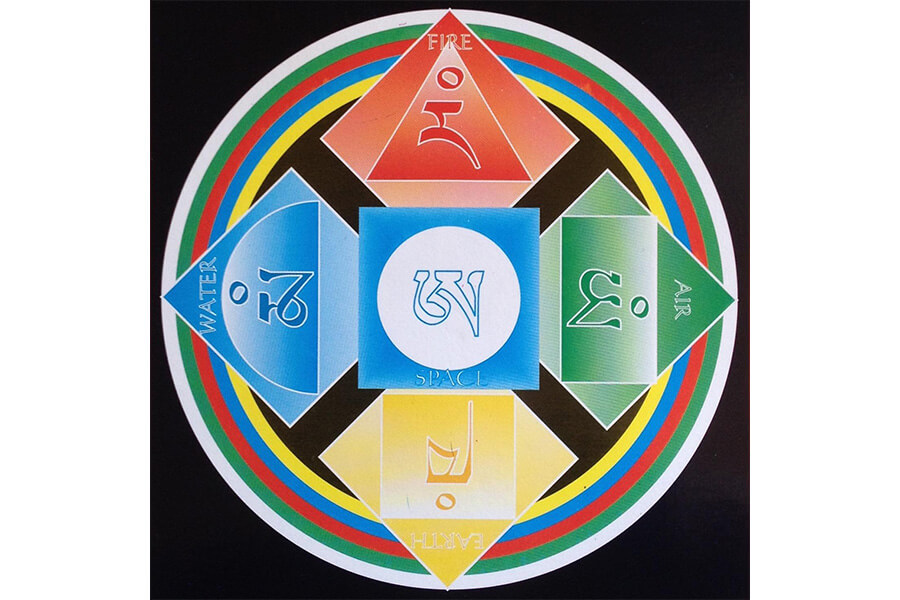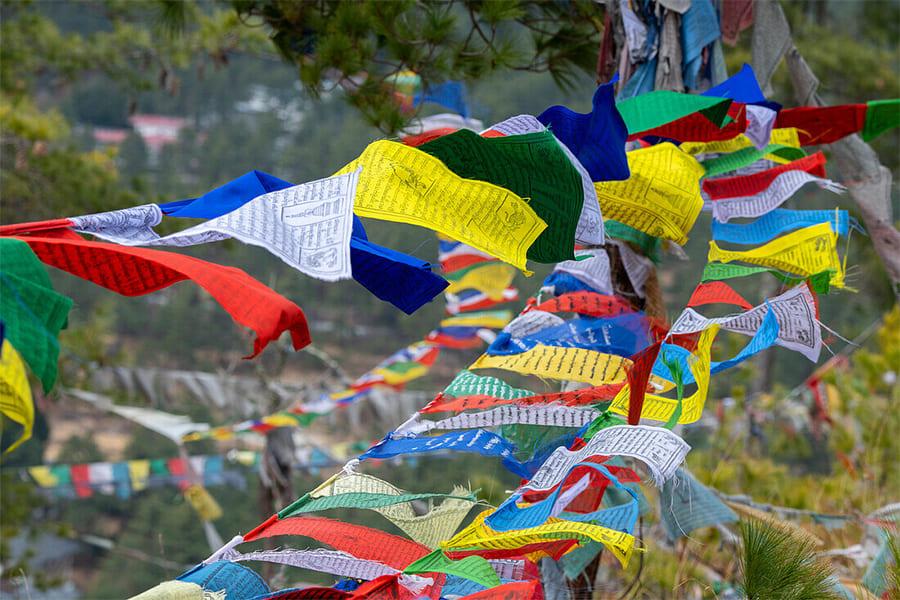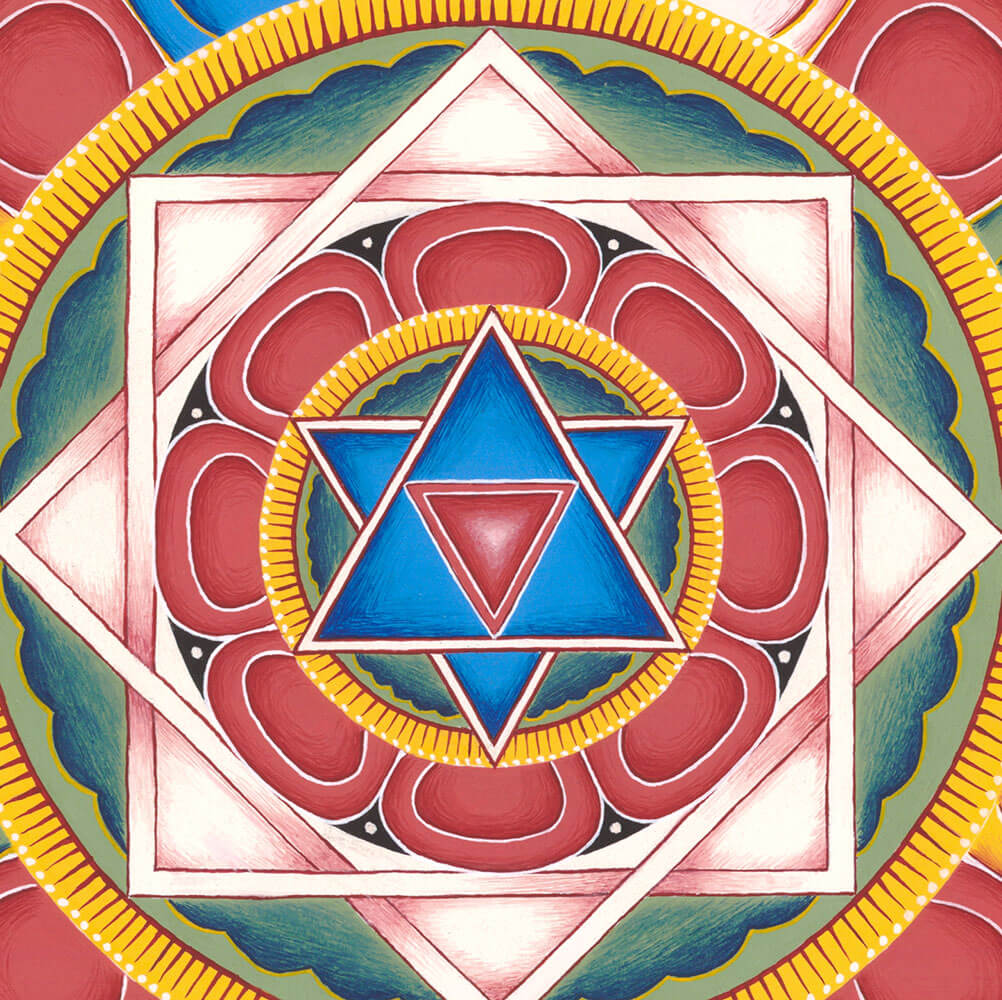Bhutan, often called the Last Shangri-La, is a land where spirituality and nature are inseparable. Every mountain, river, and valley seems to carry a sacred presence. Beneath this serenity lies one of the deepest philosophical concepts in Bhutanese Buddhism - the 5 elements of Bhutan. These elements, rooted in ancient Buddhist and Himalayan traditions, form the foundation of life, the body, and the universe itself.
The Bhutanese believe that everything in existence - from the tallest peaks to the smallest thought - arises from the balance and interaction of five natural forces: earth, water, fire, air (or wood), and space (or metal). Together, they define not only the physical world but also the spiritual journey of every being toward enlightenment.
For travelers seeking to explore Bhutan’s profound spiritual heritage and breathtaking landscapes, Go Bhutan Tours offers insightful journeys that immerse visitors in this philosophy. From meditative temple visits to guided treks across sacred valleys, these experiences allow travelers to witness how the harmony of the five elements shapes Bhutanese life, culture, and belief.
What Are The 5 Elements Of Bhutan?
In Bhutanese philosophy, the 5 elements of Bhutan - earth, water, fire, air (wood), and space (metal) - represent the building blocks of all life. These elements exist within us and around us, shaping how we experience the world and how the world reacts to us.
Earth (Sa)
Earth stands for stability, endurance, and strength. It represents the body, the bones, and the foundation upon which all life rests.
Water (Chu)
Water symbolizes fluidity, adaptability, and compassion. It nourishes life and brings harmony to the mind.
Fire (Me)
Fire represents energy, transformation, and wisdom. It governs metabolism and the illumination of understanding.
Air (Lung) or Wood
Air or Wood embodies movement, breath, and freedom. It reflects creativity and the circulation of energy.
Space (Namkha) or Metal
Space or Metal represents the infinite openness that allows all other elements to exist. It is the realm of consciousness and possibility.
The Origins of the 5 Elements in Buddhism
The 5 elements of Buddhism have ancient roots in Indian philosophy, specifically the concept of Pancha Mahabhuta - the five great elements that make up the material world. When Buddhism spread from India into the Himalayas, Tibet, and Bhutan, this idea was transformed into a spiritual and psychological framework.
In Bhutan Buddhism, these five elements are not just physical substances; they represent energies that shape our emotions, thoughts, and spiritual states. They are associated with the Five Buddha Families, each embodying a specific type of wisdom that purifies one of the five primary human afflictions:
- Earth corresponds with Ratnasambhava, transforming pride into equanimity.
- Water corresponds with Akshobhya, transforming anger into clarity.
- Fire corresponds with Amitabha, transforming desire into compassion.
- Air/Wind corresponds with Amoghasiddhi, transforming jealousy into accomplishment.
- Space corresponds with Vairochana, transforming ignorance into all-encompassing wisdom.
This system shows how the five elements in Tibetan Buddhism serve as a bridge between physical reality and spiritual growth. Through meditation and mindfulness, practitioners aim to balance these elemental energies, purifying the mind and attaining harmony with the cosmos.
Characteristics of the 5 Elements of Bhutan
Earth (Sa)
Earth represents stability, grounding, and endurance. It gives strength to the body and fortitude to the spirit. In Bhutan, monasteries and dzongs are built on strong mountain slopes, symbolizing the earth’s firmness and reliability. Meditating on the earth element helps cultivate patience, strength, and a deep sense of belonging.
Water (Chu)
Water is the essence of compassion and adaptability. Flowing rivers and serene lakes in Bhutan are considered sacred because they reflect purity and calmness. Monks often perform water offerings at dawn, symbolizing purification of the mind and body. Water teaches us to move around obstacles gracefully, just as wisdom flows through the mind when it is free from attachment.
Fire (Me)
Fire stands for energy, transformation, and spiritual awakening. It burns away ignorance and lights the path to understanding. In monasteries across Bhutan, butter lamps burn continuously, representing the eternal flame of enlightenment. Fire reminds practitioners of the importance of passion balanced by mindfulness.
Wood or Air (Lung)
This element governs motion, breath, and creativity. It represents the wind that breathes life into the mountains and carries prayers through the skies. In Bhutanese traditional medicine, known as Sowa Rigpa, wind energy maintains balance in the nervous system and mental clarity. A disturbed wind element can cause anxiety or restlessness; a balanced one brings vitality and insight.
Metal or Space (Namkha)
Space, or sometimes metal, represents vastness, openness, and awareness. It is the element that allows all others to exist and interact. Spiritually, it embodies the state of emptiness - not as void, but as infinite potential. Bhutan’s wide valleys and unpolluted skies evoke this spacious quality of consciousness, encouraging mindfulness and expansion of awareness.
Role of the Five Elements in Tibetan Buddhism
In Bhutan, the five elements in Tibetan Buddhism are deeply interwoven into daily life and ritual practices. They influence how people pray, build homes, and even heal illnesses.
Each morning, many Bhutanese people households perform small offerings to the elements. Bowls of clean water (representing purity and water), butter lamps (fire), grains or food (earth), incense smoke (air), and symbolic space (metal or emptiness) are offered to deities and spirits. These simple yet profound acts are meant to restore balance in one’s life and express gratitude to nature’s powers.
Festivals and religious ceremonies throughout Bhutan also honor these elements. The five traditional colors - yellow for earth, white for water, red for fire, green for air, and blue for space - are found on prayer flags, temple decorations, and ritual garments. When prayer flags flutter in the wind, Bhutanese people believe the prayers and mantras printed on them are carried across mountains and valleys, harmonizing the energies of all beings.
In agriculture, farmers respect the natural rhythm of the elements by planting and harvesting in accordance with lunar and elemental cycles. This practice ensures harmony between the land and human effort, reducing the risk of imbalance that could affect crops and weather patterns.
In medicine, the 5 elements of Bhutan are central to the ancient healing system of Sowa Rigpa. Illness is viewed as the result of disharmony among the elements within the body. Treatments may include herbal medicines, diet changes, and meditation to restore balance.
Influence on Bhutanese Architecture, Art, and Healing
The influence of the 5 elements of Bhutan is visible throughout the country’s architecture, art, and healing traditions.
Traditional Bhutanese architecture harmonizes with the landscape, using natural materials that correspond to the elements - stone (earth), wood (air), clay (water), and fire (used in construction and decoration). The placement of monasteries and fortresses, such as Paro Dzong or Punakha Dzong, often follows geomantic principles that balance elemental energies, ensuring both physical stability and spiritual strength.
In Bhutanese art, the five elements appear in mandalas, thangka paintings, and sculptures. Each element is represented by a distinct color and symbol, reminding practitioners of the interconnectedness of all things. The circular symmetry of a mandala reflects the unity and balance of the universe - a visual meditation on the harmony of the elements.
Healing practices, too, embody this philosophy. In Sowa Rigpa, physicians diagnose ailments based on the dominance or deficiency of particular elements. Herbal remedies, hot stone baths, and breathing exercises are prescribed to restore the balance between body and environment. Spiritual healing may also involve reciting mantras associated with elemental deities, aligning the patient’s energy with the forces of nature.

